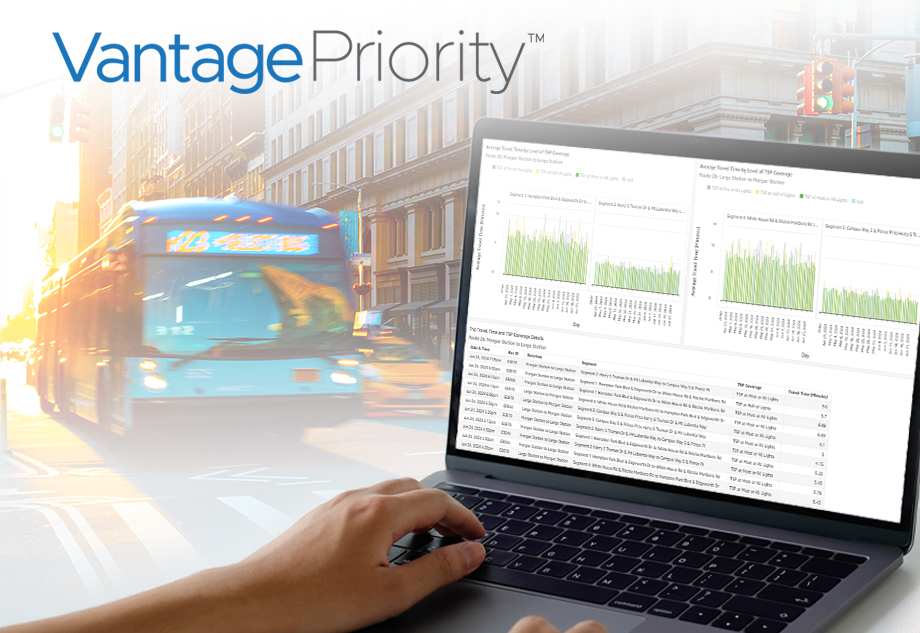
Webinar: Decision Zone Detection and Red Extension with Vector Vantage

Live webinar: Thursday, March 4, 2021 @ 9 am PT | 11 am CT | 12 pm ET
Severe crashes can and often occur at signalized intersections. For this reason, transportation professionals are utilizing advanced strategies to reduce the number of collisions with modern detection technology.
Speed-sensitive radar can reduce rear-end collisions at an intersection by monitoring vehicles in the decision zone to allow the controller to safely terminate the green indication. Another strategy predicts red-light runners with speed-sensitive radar to dynamically extend the red clearance to avoid right-angle collisions.
This technical training is intended for traffic engineers and traffic signal technicians to better understand the design, setup, and operational effect of decision zones and red extension with Iteris’ Vantage Vector hybrid video and radar sensor.
In this webinar, you will learn:
- What the decision zone is and how it differs from a dilemma zone
- How to set up detection dependent on vehicle speeds and distances
- What red extension is, and how it works
- Real-world results from decision zone detection and red extension implementations
About the Author
Connect with Iteris Staff on LinkedIn
 X
(Twitter)
X
(Twitter)
 Facebook
Facebook LinkedIn
LinkedIn Copy
Link
Copy
Link Email
Email

